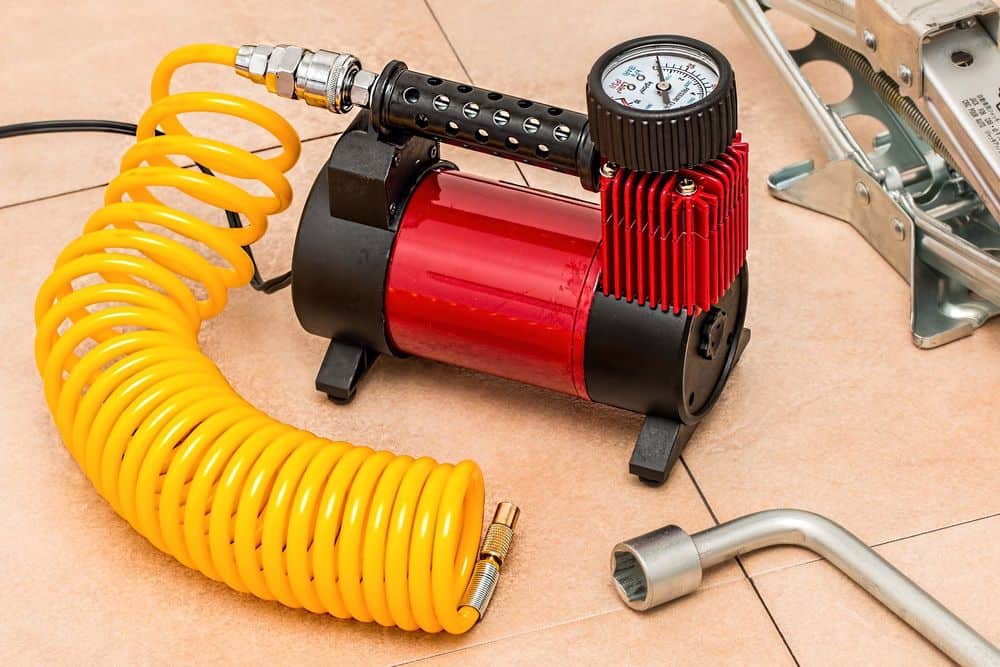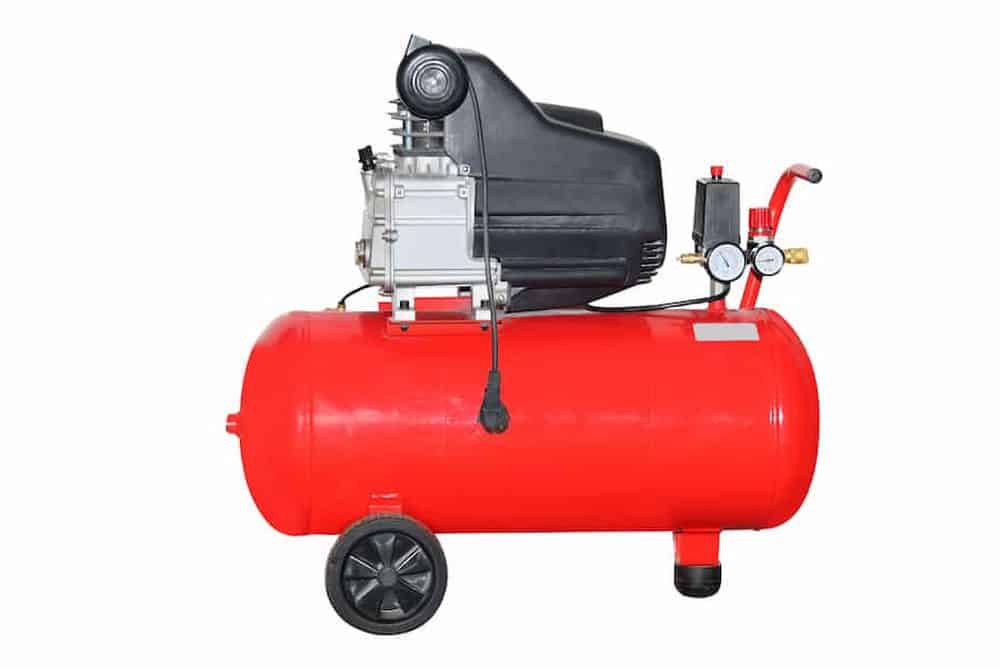If you’re doing some projects, the performance of your compressor largely affects how good it will be. Hence, you need to ensure you get the right amount of pressure upon using. That’s where the air compressor regulator comes in. How does an air compressor regulator work, and how does it help you?
Contents
How Does an Air Compressor Regulator Work?
An air compressor regulator works by increasing or decreasing airflow to maintain constant downstream pressure. This allows you to control how much output you want, depending on the application you’re working on.

The principle of how compressor regulators work is evident in this process:
- First, the main air supply is connected to an air inlet port. It allows for air to pass through the filtering chamber for use.
- As the air passes through the filtering chamber, dirt particles are collected by a filter to avoid any blockage on the nozzles. The filtered air then goes through the valve assembly.
- The valve assembly moves with the help of the range spring pressing on the diaphragm.
- The range spring holds down the valve assembly until the output pressure reaches the level for the diaphragm to lift.
- The diaphragm then has control of the flow of air which passes through a hole located at its center. The pressure is maintained across the diaphragm for consistency.
That’s how the compressor regulator works. It also has mechanisms to prevent going over or under the indicated pressure on the regulator.
What Is an Air Compressor Regulator?
As its name says, an air compressor regulator regulates the air pressure that flows from your compressor machine into the tools. It helps you adjust the level of air pressure as needed by your different tools and applications.
Compressor regulators help protect your tools from using too much power which could lead to trouble. Thus, having a regulator for your compressor means you are also applying safety measures while working on a project.
Most compressor machines usually have their own regulator. If yours don’t have one or is broken, it’s best to change it and get a new one, or else you might end up damaging your tools.
Why Regulate Your Air Compressor
Without any control function in the form of an air compressor regulator, the pressure and intensity of the air from your compressor may not be enough or more than enough. This will protect both your tools and the air compressor.
The regulator for your compressor also makes it easier to do your projects since you are applying the optimal amount of air pressure such as filling a car tire for different applications. The regulator also helps you save money since you can control the output instead of using too much for some applications.
Types of Air Compressor Pressure Regulators
Compressor regulators can either be one of the two types:
- Relieving
- Non-relieving

Relieving regulators allow you to adjust from high pressure to low pressure, even in dead-end scenarios. They usually produce a loud-hissing sound because they’re relieving excess downstream pressure into the atmosphere.
Non-relieving regulators are the opposite. They don’t allow excess downstream pressure to be relieved into the atmosphere. They use a downstream valve instead to relieve pressure.
Among these two types, these are the prominent regulator types:
Poppet-Style Valved Regulators
Poppet-style valved regulators are considered the cheapest and simplest type of air regulator. This regulator doesn’t have a separate diaphragm chamber and instead has an adjustment spring. It’s also a non-relieving regulator.
Diaphragm Chamber Regulators
Diaphragm chamber regulators also have a separate diaphragm chamber. The chamber protects the valve, increasing its useful life for long use. It does a great job of reducing output pressure.
Diaphragm chamber regulators are larger compared to poppet-style valved regulators and are also more expensive. This regulator has better response and sensitivity compared to regulators with smaller diaphragms.
Balanced Poppet Regulators
Balanced poppet regulators have the same design as a separate diaphragm type. However, the balanced poppet regulator has a larger orifice making it better for airflow.
Precision Regulators
The last type of regulator is the precision regulator. This regulator uses multiple isolated diaphragms against the flapper valves and nozzles. It’s not used that much because they have limited flow capacities and smaller connection ports.
Related Questions
How Do You Adjust a Compressor Regulator?
You can adjust a compressor regulator by locating a knob on the right-hand side of the pressure regulator. You can turn this knob to adjust the pressure. Some compressors have different locations for the knob. You can refer to the user manual to locate it.
What Does an Air Regulator Regulate?
The air regulator regulates the flow of air. It can either increase or decrease the air pressure affecting the flow of air going through to an air-operated instrument.
How Do You Test an Air Regulator?
You can test an air regulator by releasing compression on the regulator spring. You can do this by turning the adjusting knob counter-clockwise and opening the outlet valve. Adjust the pressure regulator to around 80% of inlet pressure.
Conclusion
Knowing how the air compressor regulator works allows you to do proper maintenance and properly operate your air compressor. The compressor regulator is an important component of a compressor, so knowing how it works helps a lot.
